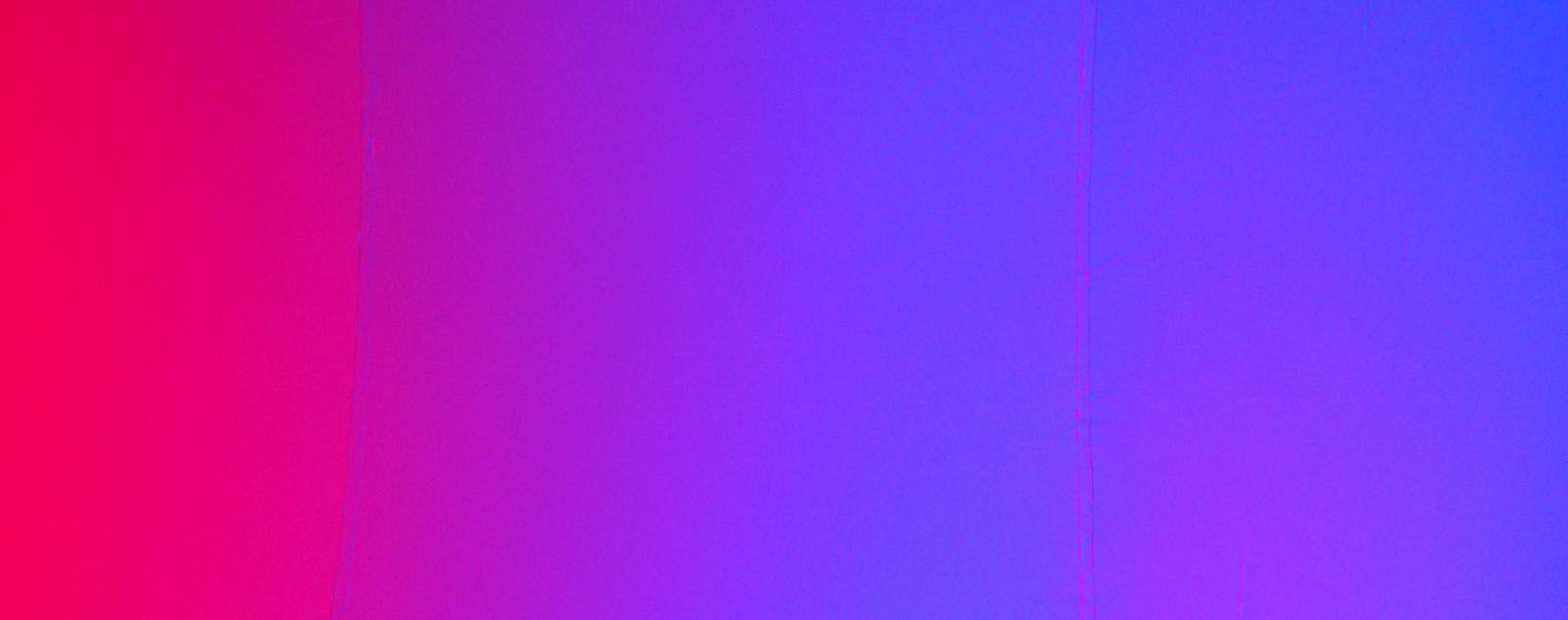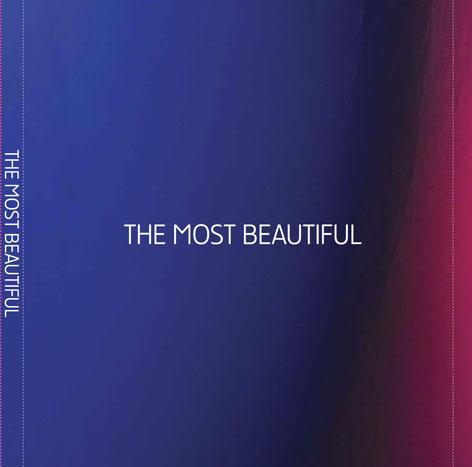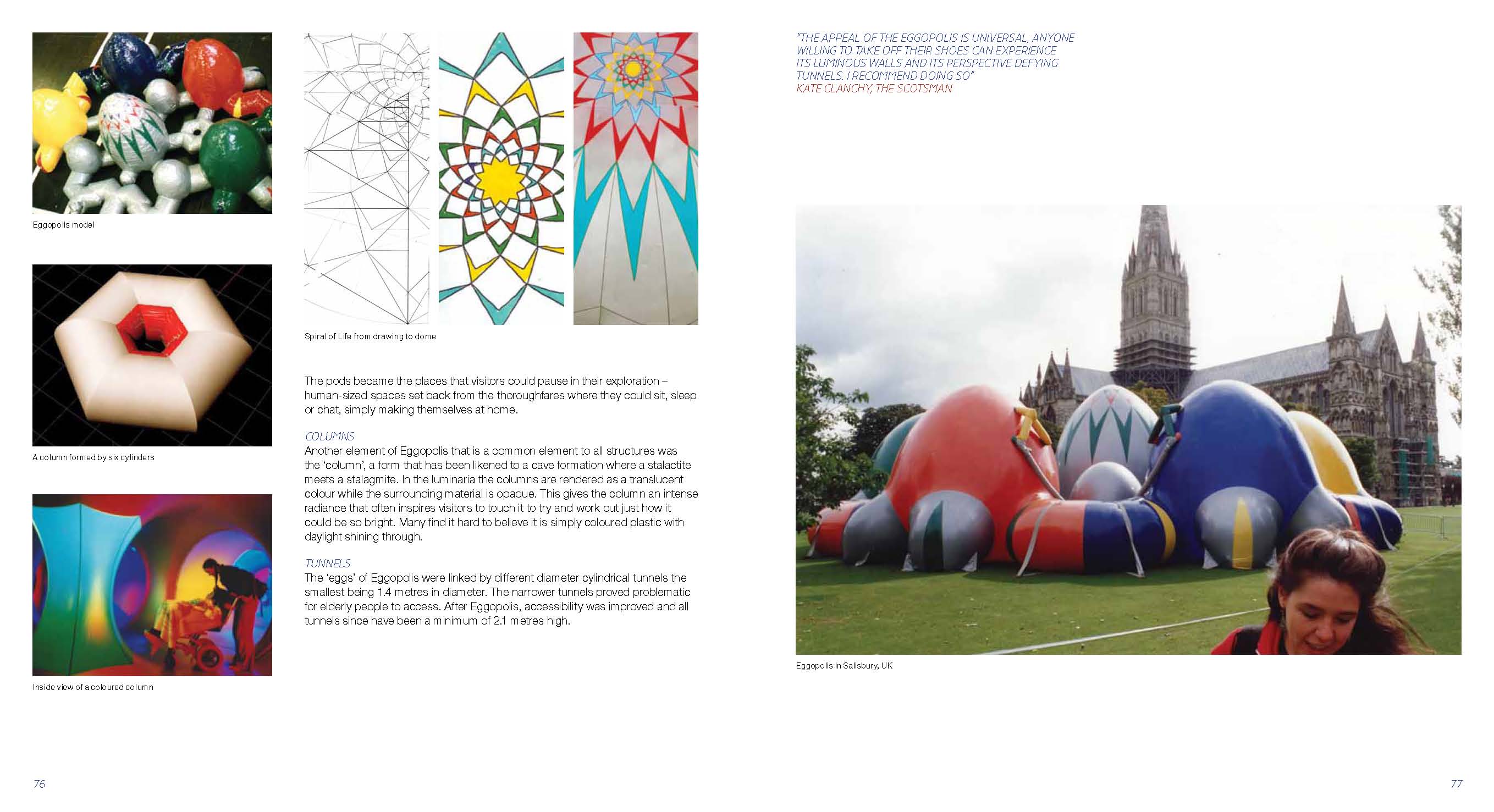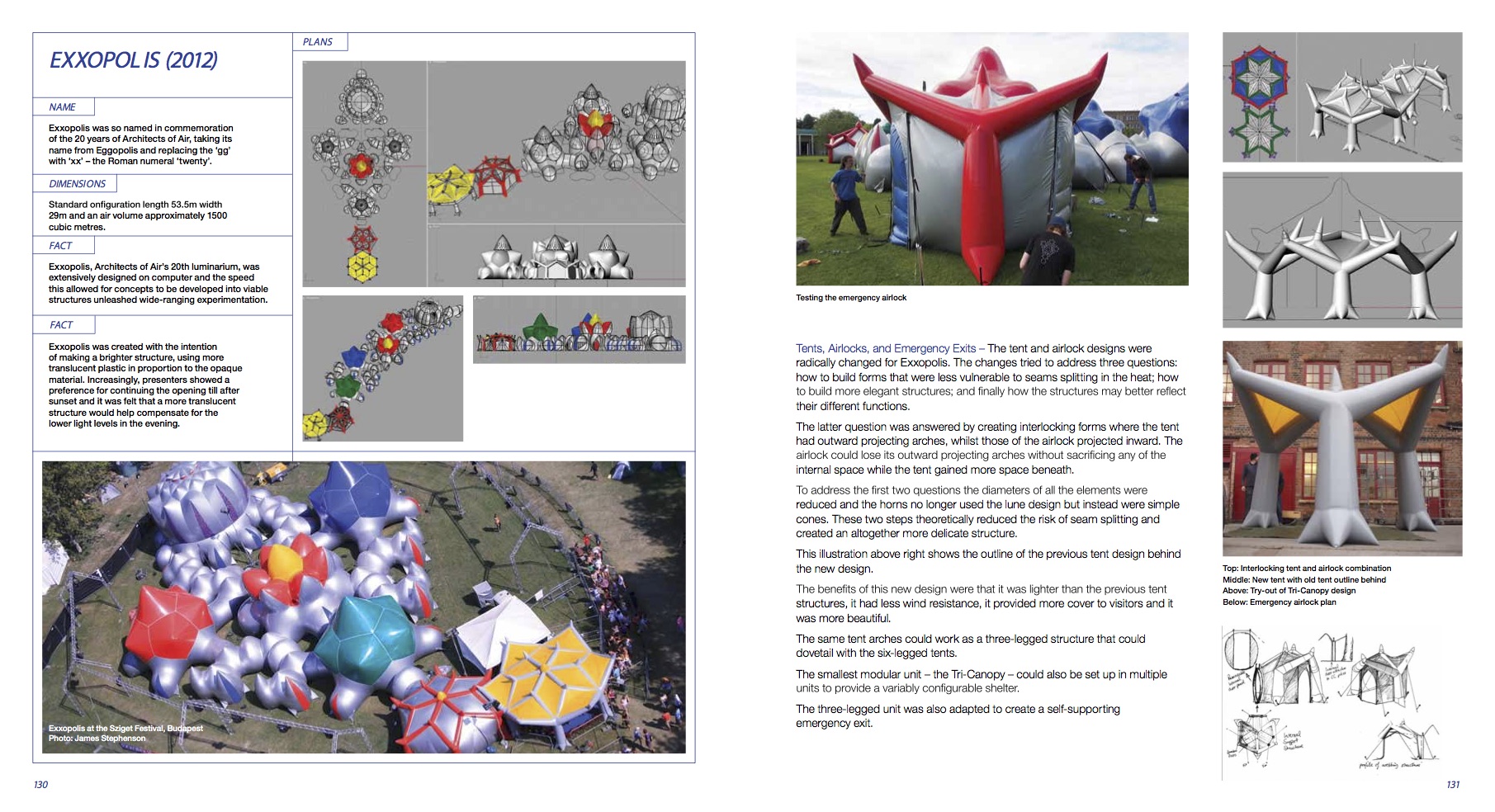The Most Beautiful
The Most Beautiful takes its title from the writings of Robert Grosseteste, the 13th century physicist and theologian, who said; “Physical light is the most beautiful of all the bodies that exist”. Entering a luminarium, visitors experience an encounter with this most fundamental of phenomena, light!
The Most Beautiful tells the story of Architects of Air’s ‘luminaria’, the monumental ephemeral sculptures that have wowed millions of visitors around the world. Full-colour photographs capture the wonder that the luminaria inspire, and a comprehensive technical section guides the reader through the creation of these unique works.
Alan Parkinson began exploring inflatable structures in the early 1980’s, and founded Architects of Air in 1992. Since then the company has built 21 luminaria and over 3 million visitors in 40+ countries around the globe have immersed themselves in the light-filled world of Architects of Air.
The book relates Architect of Air’s first 20 years, from local community beginnings to its worldwide presence today. There are detailed explanations of each luminarium, covering design, plans, and inspiration, alongside quotes and many photographs taken by both visitors and professionals.
With its large full-colour photos the first half of The Most Beautiful is designed to please fans of the luminaria. The second half of the book with its design chronology aims to inspire others to create their own pneumatic architecture.
Click on the examples pages to see individual luminarium profiles.
Price: £ 20 (€25/USD30 approx) + postage
Published by Architects of Air, June 2013
Paperback: 148 pages
ISBN-10: 0957509103 / ISBN-13: 978-0957509108
Product Dimensions: 25 x 23 x 1.2 cm

Preface of the book
Autumn 2012. When Alan Parkinson was initially thinking about producing this book to celebrate twenty years of Architects of Air, I travelled to Nottingham to experience a luminarium for the first time. I met Alan on the train and we talked in-depth about the book and about Exxopolis, the structure I was going to encounter. Having only ever seen them online, I was eager to see how these extraordinary ‘living, breathing sculptures’ had evolved from early inflatable bouncy-castlesque designs, into complex, sophisticated structures.
Seeing Exxopolis for the first time caused me to double-take as we later wove our way into the grounds of the Lakeside Arts Centre in Nottingham. The gigantic alien-like sculpture sat on the grass was vibrating, just ever so slightly, from the combined energy of the air needed to keep the structure inflated and the human forces moving around within its uncanny and organic yet geometric form. I anticipated my own exchange with Exxopolis as the luminarium calmly drew in eager explorers from all walks of life. Because of my own practice and interests in art, performance and social participation, I was intrigued by many notions of ‘presence’ and ‘liveness’, and what could be at stake in the deeply experiential nature of this encounter with Exxopolis.
Entering through Exxopolis’ mouth-like airlock into the belly of the beast, I spent a good two or three hours removed from the frenzy of everyday life. Absorbed. Elsewhere. Moved. Relaxed. Perplexed. Peaceful. Pensive. As I drifted and wandered through the chambers and pods, alcoves and crevices, I constantly encountered shifts in my experience of the light and colour around me.
I experienced a heightened sense of my own skin and body, whilst at the same time I was suspended in a moment’s opportunity to appreciate and sense the PVC skin of the ‘body’ that stretched around and embraced me. I felt a deep sense of self in relation to seeing, perceiving and appreciating the colour that was contained within the vast, yet enclosed, space around me.
I am conscious that, because of the subjective and unique nature of our lived experience of emotion and feeling, I can only offer a glimpse here into my own journey within Exxopolis. Similarly, as editor of this publication, I could only help to shape Alan’s unique story of his life’s work. This narrative is presented here through the huge and rich variety of texts, sketches, photos and other material; whether archival or design-inspired. It also begins to offer the reader a glimpse into the way in which Parkinson has managed to skilfully render and develop a blueprint of craftsmanship, which is profoundly manifested into the gift of experience.
Whilst beauty shall always remain in the eye of the beholder, there is undoubtedly something most beautiful about Parkinson’s ability to continually offer visitors to his luminaria a sacred space in which to experience one’s sense of self. Furthermore, this experience of feeling and seeing, in relation to the construction of colour and light from within, operates on a register that sits somewhat outside of the capital of twenty first century commodification.
Andrew Mitchelson, the editor



